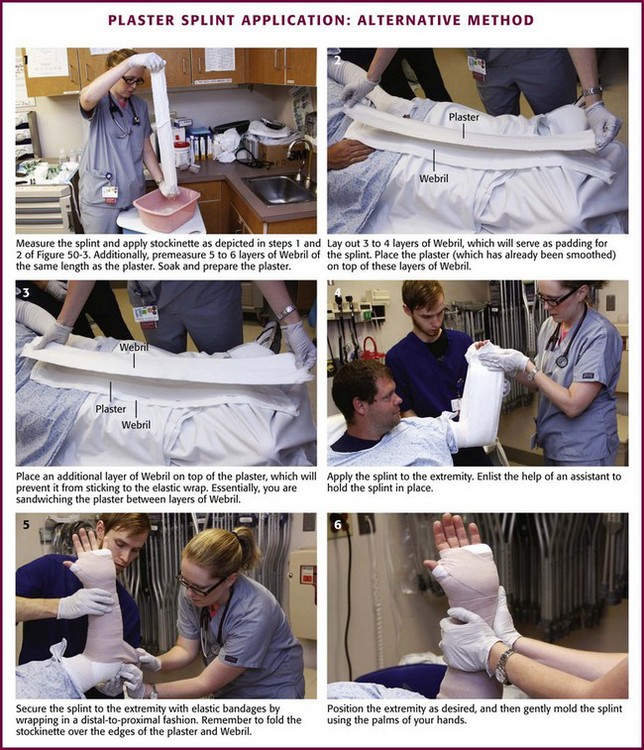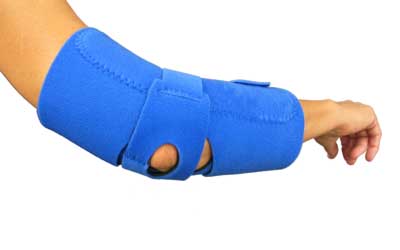

These medical device and implant standards allow material and product manufacturers, medical laboratories, and other concerned institutions to inspect and assess such instruments to ensure proper quality and workmanship. These apparatuses are used in surgical procedures that involve the placement of such devices to specified parts and structures of the body (both humans and animals) for the purpose of enhancement or as an aid in a disability. This article highlights the different types of splints and casts that are used in various circumstances and how each is applied.ASTM's medical device and implant standards are instrumental in specifying and evaluating the design and performance requirements of a number of biomedical materials, tools, and equipments. 29131 Application of finger splint dynamic. 29130 Application of finger splint static. Indications and accurate application techniques vary for each type of splint and cast commonly encountered in a primary care setting. 29126 Application of short arm splint (forearm to hand) dynamic.

Selection of a specific cast or splint varies based on the area of the body being treated, and on the acuity and stability of the injury. All patients who are placed in a splint or cast require careful monitoring to ensure proper recovery. Excessive immobilization from continuous use of a cast or splint can lead to chronic pain, joint stiffness, muscle atrophy, or more severe complications (e.g., complex regional pain syndrome). To maximize benefits while minimizing complications, the use of casts and splints is generally limited to the short term. This paper reviews the limited available research evidence behind the assumptions that currently guide splint choice in. Many clinicians believe that static progressive splints are more effective than dynamic splints for improving ROM in particularly stiff joints. Because of this, casts provide superior immobilization but are less forgiving, have higher complication rates, and are generally reserved for complex and/or definitive fracture management. Both dynamic and static progressive splints are classified as mobilising splints.

This quality makes splints ideal for the management of a variety of acute musculoskeletal conditions in which swelling is anticipated, such as acute fractures or sprains, or for initial stabilization of reduced, displaced, or unstable fractures before orthopedic intervention. Splints are noncircumferential immobilizers that accommodate swelling. Management of a wide variety of musculoskeletal conditions requires the use of a cast or splint.


 0 kommentar(er)
0 kommentar(er)
